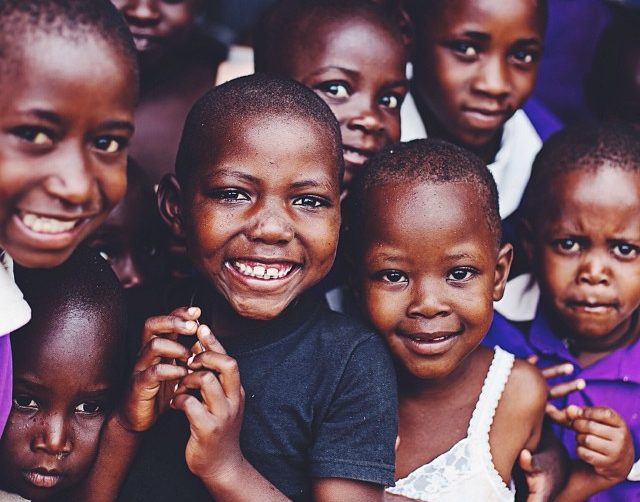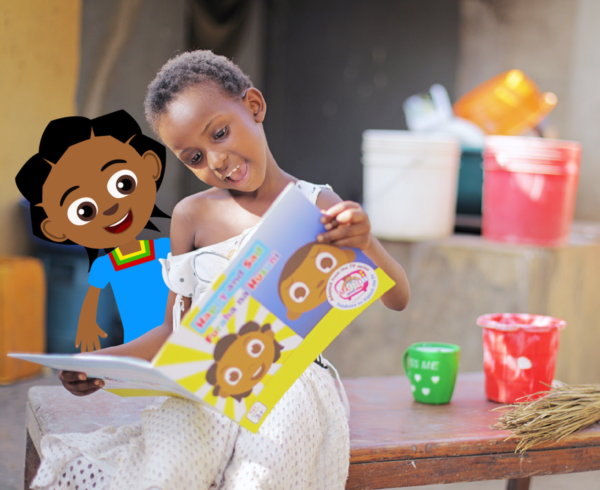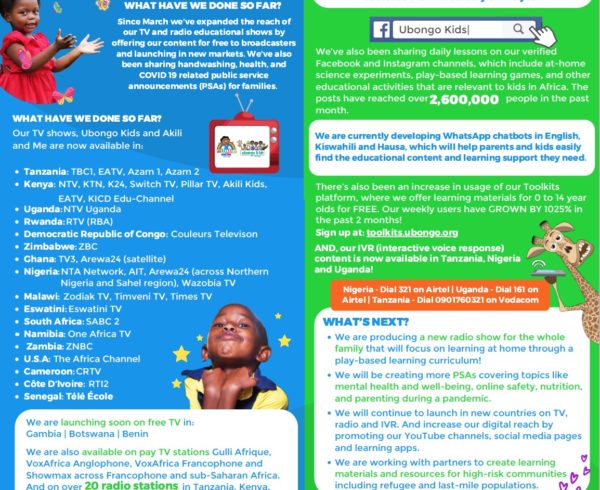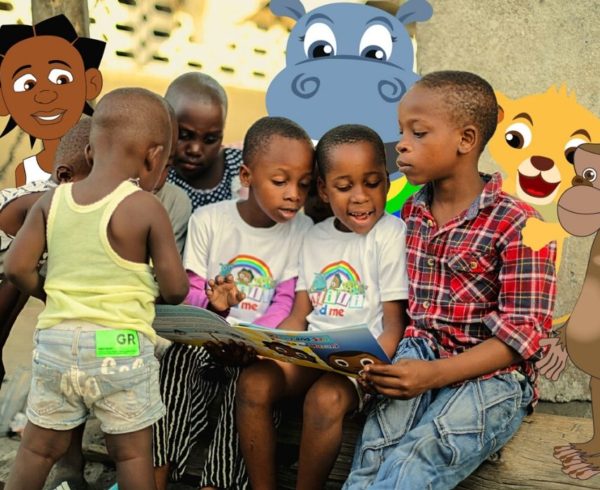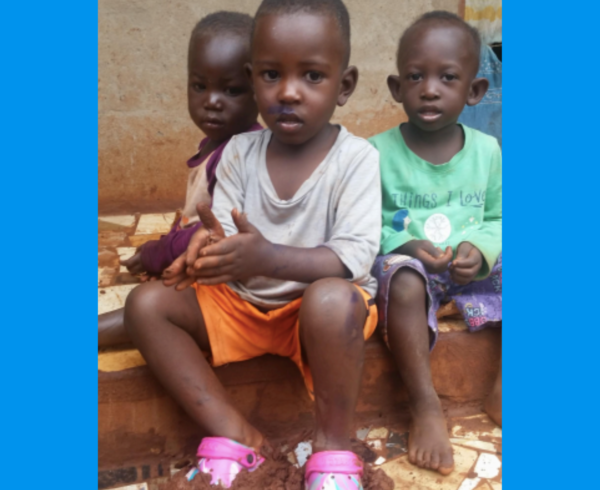In 2016, a video of a schoolboy in Tanzania being beaten by his male teachers started circulating on social media.
In the disturbing footage, four adult men are seen pinning down the student and violently slapping him in the face, while also hitting him with sticks all over his body. Luckily, the boy did not suffer any severe physical injuries, though the emotional and psychological damage done to him is unknown. Unfortunately, the same can not be said for 13-year-old Sperius Eradius, who died on August 27, a few days after being beaten by a teacher. His parents refused to bury him until the teacher was arrested and school principal suspended, which led to a national investigation into the incident.
According to a 2017 UNICEF report, globally, three in four children between the ages of 2 to 4 regularly experience violence committed by parents and caregivers. Moreover, six in ten children are regularly victims of corporal punishment carried out by their parents or guardians. Countries like South Africa and Kenya have outlawed corporal punishment in schools, however, there are still hundreds of reports of beatings in schools and homes from both places. And while not all cases are as severe as Sperius Eradius’s, corporal punishment is still seen as an effective way of disciplining and correcting ‘bad’ behaviour across many countries in Africa. In fact, corporal punishment has become so commonplace and normalised to the point that it’s seen as part of ‘African culture’.
Understanding Why People Beat Their Children
Most people who administer corporal punishment believe that they are helping the child, rather than harming them. They believe that children should first and foremost be obedient and respectful to adults, and the most effective way to instil this is through a beating.
In 2016, Ubongo piloted its first caregiver engagement content, PSAs, which included videos about supporting your child’s efforts and understanding that young babies are very aware and always learning. These caregiver PSAs broadcast daily within our Akili and Me broadcasts and also after the national news on TBC1.
To understand the effectiveness of the PSAs, we tried spot screening and conducting interviews with randomly selected adults in public spaces (such as bus stops). These revealed that many parents were resistant to the idea that they needed to take steps to improve their children’s early development and learning. During further surveys on the effects of the content, we found that parents valued discipline over everything from children. They wanted us to teach their children how to behave, rather than change parent’s behaviours towards children. What we heard from parents again and again was: “We need videos to address children’s bad behavior, not our behavior.”
Simply put, the problem is badly behaving children who need to be disciplined rather than parents need to change behaviour. Moreover, a common refrain from these parents was that they wished for our programs to teach children to be more disciplined and that this would in turn make parenting easier.
Fimbo Hailei ‘The Rod Doesn’t Raise’
So we launched the “Fimbo Hailei” (The Rod Doesn’t Raise) campaign, which included a series of videos that give parents positive approaches to disciplining their children. These featured real testimonials from children about what they “learned” from being hit or beaten by their parents.
Children express confusion, often not knowing what they did wrong, and their resolutions to lie or cheat to avoid being beaten in the future. For each situation, we have a parent tell an alternative to the beating that centers around strong communication and helping the child understand what they did wrong.
To assess the outcomes from Caregiver Engagement content, we added questions to the IPSOS Omnibus Survey in Q2 2016 (before content began broadcasting) and Q2 of 2017 (after approximately 9 months of broadcast).
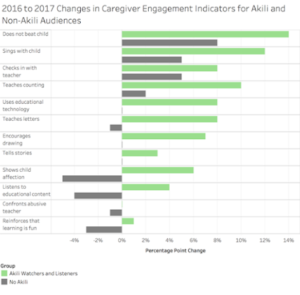
Listening to or watching Akili and Me correlated with higher rates of positive caregiver behaviours, which also increased greatly after broadcast of the caregiver engagement content. After broadcast of caregiver engagement content, caregivers in households where children watched Akili and Me on TV or listened to Akili and Me on radio decreased beating their children by 14%.
While this shows progress, we recognised that there was still a lot of work to be done and learning to do.
How does ‘change of behaviour’ really happen?
We all know that knowledge that I should do something is not nearly enough to change someone’s behavior. The science of behavior change is rapidly developing, and for us to create effective caregiver content, we need to learn and apply what we can from it!
BJ Fogg is founder of the behaviour design lab at Stanford. We had the chance to work through his behaviour design framework with one of his PhD students. This has not yet been implemented, but is something worth testing for our caregiver activities.
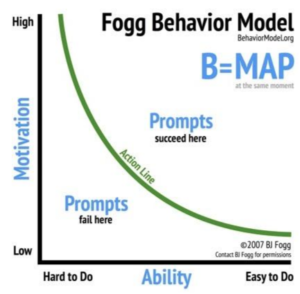
According to Fogg’s model, “three elements must converge at the same moment for a behavior to occur: Motivation, Ability, and a Prompt. When a behavior does not occur, at least one of those three elements is missing.”
Basically, for a behavior to happen, someone needs to:
- Be MOTIVATED to do it. The three core motivators are sensation (pleasure vs. pain), anticipation (hope vs. fear), belonging (social rejection vs. social acceptance)
- Have the ABILITY to do it (which for practical purposes means that we need to create an easy path for someone to do the behavior). The key to this is SIMPLICITY.
- Be PROMPTED to do it. Prompts need to be simple, and they can be external (like an alarm or reminder) or come from people’s daily routines.
With our caregiver engagement content we can think about how to encourage motivation through our messaging, improve ability by simplifying the path/ task, and prompt our audience either through our content or their own existing routines.
More work to be done
Corporal punishment’s effects go beyond the physical, and can impact how people behave later on in life. It can create anxiety and toxic stress in young children, which has been linked to behavioural issues like delinquency and violence later on in life. Moreover, in places like South Africa corporal punishment actually affect the economy. In a survey published in April 2017, Save the Children concluded that South Africa lost 240 billion Rand (€14.5 billion, $17 billion) because of mistreated children who suffered physical and mental injuries and couldn’t work later in life, which amounts to 6 percent of the country’s GDP.
Stories like Sperius’s will continue to happen and many go unreported. There are many children who are scarred for life because of corporal punishment, and what’s worse they often grow up to perpetuate it. As we continue to create caregiver content around nutrition, play, and brain stimulation we also are testing, iterating, and learning about methods to get caregivers in East Africa and beyond motivated and willing to change behaviours – as they are are most important allies in ensuring the protection and wellbeing of children.
Learn more about our caregiver engagement brand ‘Tunakujenga’ and its impact

